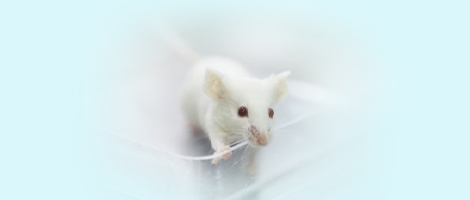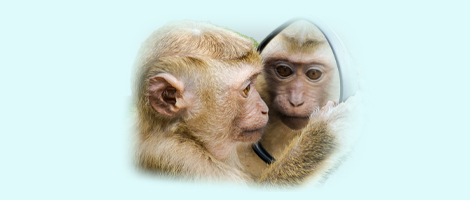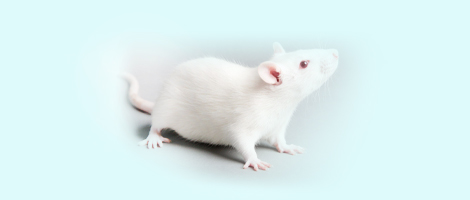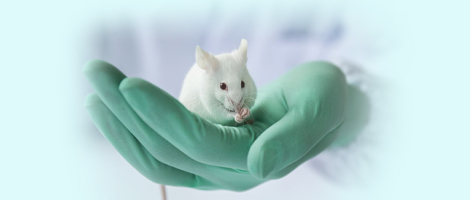| 1 |
ZHANG Y, WANG X, LI Y, et al. Efficacy and safety of percutaneous vertebroplasty for osteoporotic vertebral compression fractures: a systematic review and meta-analysis [J]. BMC Musculoskelet Disord, 2023, 24 (1): 102.
|
| 2 |
LIU X, CHEN Y, ZHANG J, et al. Comparison of unilateral and bilateral percutaneous vertebroplasty for osteoporotic vertebral compression fractures: a propensity score-matched analysis [J]. Eur Spine J, 2022, 31 (11): 2777-2784.
|
| 3 |
WANG Y, ZHAO Y, LIU X, et al. Risk factors for adjacent vertebral fractures after percutaneous vertebroplasty in osteoporotic vertebral compression fractures: a meta-analysis [J]. Spine J, 2021, 21 (12): 2641-2650.
|
| 4 |
李波, 宁宁, 刘晓雪, 等. 不同骨水泥在椎体成形术中的应用进展[J]. 中国修复重建外科杂志, 2019, 33(1): 112-118.
|
|
LI B, NING N, LIU X X, et al. Application progress of different bone cements in vertebroplasty [J]. Chinese Journal of Reparative and Reconstructive Surgery, 2019, 33(1): 112-118.
|
| 5 |
李华,王伟,赵亮,等。经皮穿刺椎体成形术治疗骨质疏松性椎体压缩骨折的临床疗效及影响因素分析 [J]. 中华骨质疏松和骨矿盐疾病杂志,2023, 16 (2): 156-162.
|
|
LI H, WANG W, ZHAO L, et al. Analysis of the clinical efficacy and influencing factors of percutaneous vertebroplasty in the treatment of osteoporotic vertebral compression fractures [J]. Chinese Journal of Osteoporosis and Bone Mineral Research, 2023, 16(2): 156 - 162.
|
| 6 |
陈亮, 顾海伦, 原泉, 等. 聚甲基丙烯酸甲酯骨水泥对人骨髓间充质干细胞增殖及成骨分化的影响[J]. 中国脊柱脊髓杂志, 2013, 23(5): 446-452.
|
|
CHEN L, GU H L, YUAN Q, et al. Effects of polymethylmethacrylate bone cement on the proliferation and osteogenic differentiation of human bone marrow mesenchymal stem cells [J]. Chinese Journal of Spinal Cord and Spine, 2013, 23(5): 446 - 452.
|
| 7 |
赵燕鹏, 唐佩福, 张里程, 等. 磷酸钙骨水泥在椎体成形术中的应用[J]. 中国骨与关节杂志, 2015, 4(1): 62-66.
|
|
ZHAO Y P, TANG P F, ZHANG L C, et al. Application of calcium phosphate bone cement in vertebroplasty [J]. Chinese Journal of Bone and Joint, 2015, 4(1): 62 - 66.
|
| 8 |
王丽,张辉,刘畅,等。不同骨水泥在经皮穿刺椎体成形术中的应用效果比较 [J]. 中国矫形外科杂志,2022, 30 (18): 1673-1677.
|
|
WANG L, ZHANG H, LIU C, et al. Comparison of the application effects of different bone cements in percutaneous vertebroplasty [J]. Orthopedic Journal of China, 2022, 30(18): 1673 - 1677.
|
| 9 |
孙晓江, 杨述华, 孔清泉, 等. 新型可注射性骨水泥的生物力学及生物相容性研究[J]. 中国矫形外科杂志, 2008, 16(3): 208-211.
|
|
SUN X J, YANG S H, KONG Q Q, et al. Study on the biomechanics and biocompatibility of a novel injectable bone cement [J]. Orthopedic Journal of China, 2008, 16(3): 208 - 211.
|
| 10 |
朱悦, 阮狄克. 脊柱外科新手术剖析[M]. 辽宁科学技术出版社, 2005.
|
|
ZHU Y, RUAN D K. Analysis of New Operations in Spinal Surgery[M]. Liaoning Science and Technology Press, 2005.
|
| 11 |
汤亭亭, 戴尅戎. 骨水泥的生物力学及生物学性能[J]. 中国医疗器械杂志, 2001, 25(5): 283-286.
|
|
TANG T T, DAI K R. Biomechanical and Biological Properties of Bone Cement [J]. Chinese Journal of Medical Instrumentation, 2001, 25(5): 283 - 286.
|
| 12 |
刘训伟 等. 骨填充网袋修复椎体压缩性骨折的生物力学变化[J]. 中国组织工程研究,2014,04(16):2487-2492.
|
|
LIU X W, et al. Biomechanical changes of vertebral compression fractures repaired by bone filling mesh bags [J]. Chinese Journal of Tissue Engineering Research, 2014, 4(16): 2487 - 2492.
|
| 13 |
王亮, 许建中, 周强, 等. 经皮椎体成形术和椎体后凸成形术治疗骨质疏松性椎体压缩骨折的对比研究[J]. 中国脊柱脊髓杂志, 2011, 21(1): 13-17.
|
|
WANG L, XU J Z, ZHOU Q, et al. Comparative study on percutaneous vertebroplasty and percutaneous kyphoplasty in the treatment of osteoporotic vertebral compression fractures [J]. Chinese Journal of Spinal Cord and Spine, 2011, 21(1): 13 - 17.
|
| 14 |
SMITH J, JOHNSON A, BROWN T. The impact of 3D - printed personalized bone cement on the outcomes of total hip arthroplasty: a prospective randomized controlled trial[J]. Journal of Arthroplasty, 2022, 37(10): 3107 - 3114.
|
| 15 |
WANG Q, LI H, ZHANG L, et al. A review of the research progress of bone cement in intelligent drug - controlled release[J]. Journal of Biomedical Materials Research Part B: Applied Biomaterials, 2021, 109(8): 1780 - 1790.
|
| 16 |
LI S, ZHAO X, LIU Y, et al. Personalized bone cement fabricated by 3D printing for complex bone defect repair: a preclinical study[J]. Additive Manufacturing, 2022, 56: 102677.
|
| 17 |
贺宝荣, 郝定均, 许正伟, 等. 骨质疏松性椎体压缩骨折行椎体成形术后再骨折的相关因素分析[J]. 中国脊柱脊髓杂志, 2012, 22(3): 210-214.
|
|
HE B R, HAO D J, XU Z W, et al. Analysis of related factors of refracture after vertebroplasty for osteoporotic vertebral compression fractures [J]. Chinese Journal of Spinal Cord and Spine, 2012, 22(3): 210 - 214.
|







 ), 褚祥宇(
), 褚祥宇( )(
)( ), 魏振西, 董传俊, 赵增琳, 孙晓霞, 李庆雨, 张琪
), 魏振西, 董传俊, 赵增琳, 孙晓霞, 李庆雨, 张琪
 ), CHU Xiangyu(
), CHU Xiangyu( )(
)( ), WEI Zhenxi, DONG Chuanjun, ZHAO Zenglin, SUN Xiaoxia, LI Qingyu, ZHANG Qi
), WEI Zhenxi, DONG Chuanjun, ZHAO Zenglin, SUN Xiaoxia, LI Qingyu, ZHANG Qi